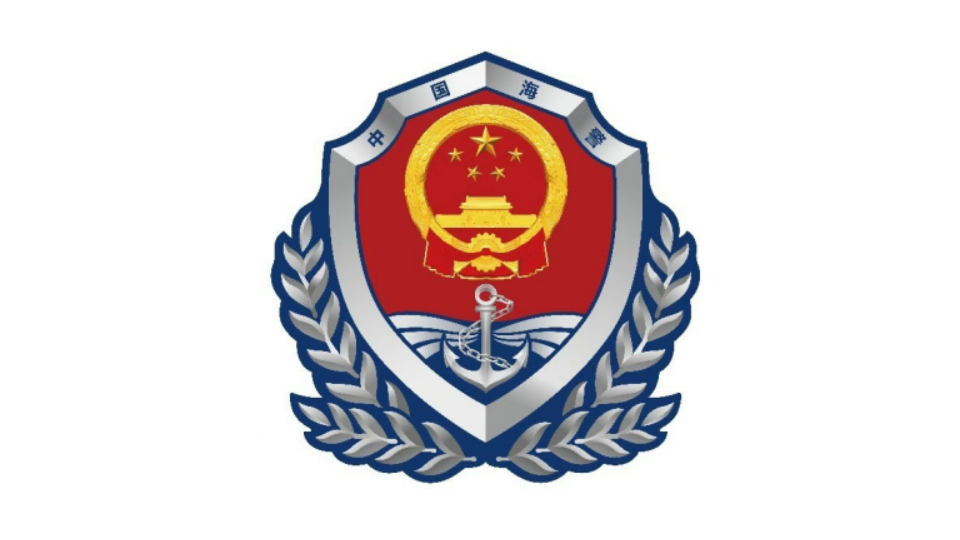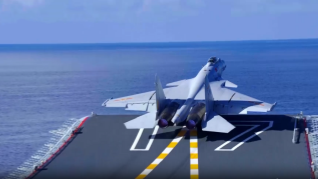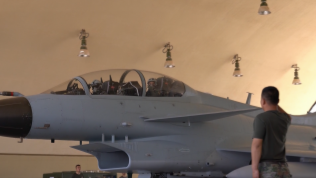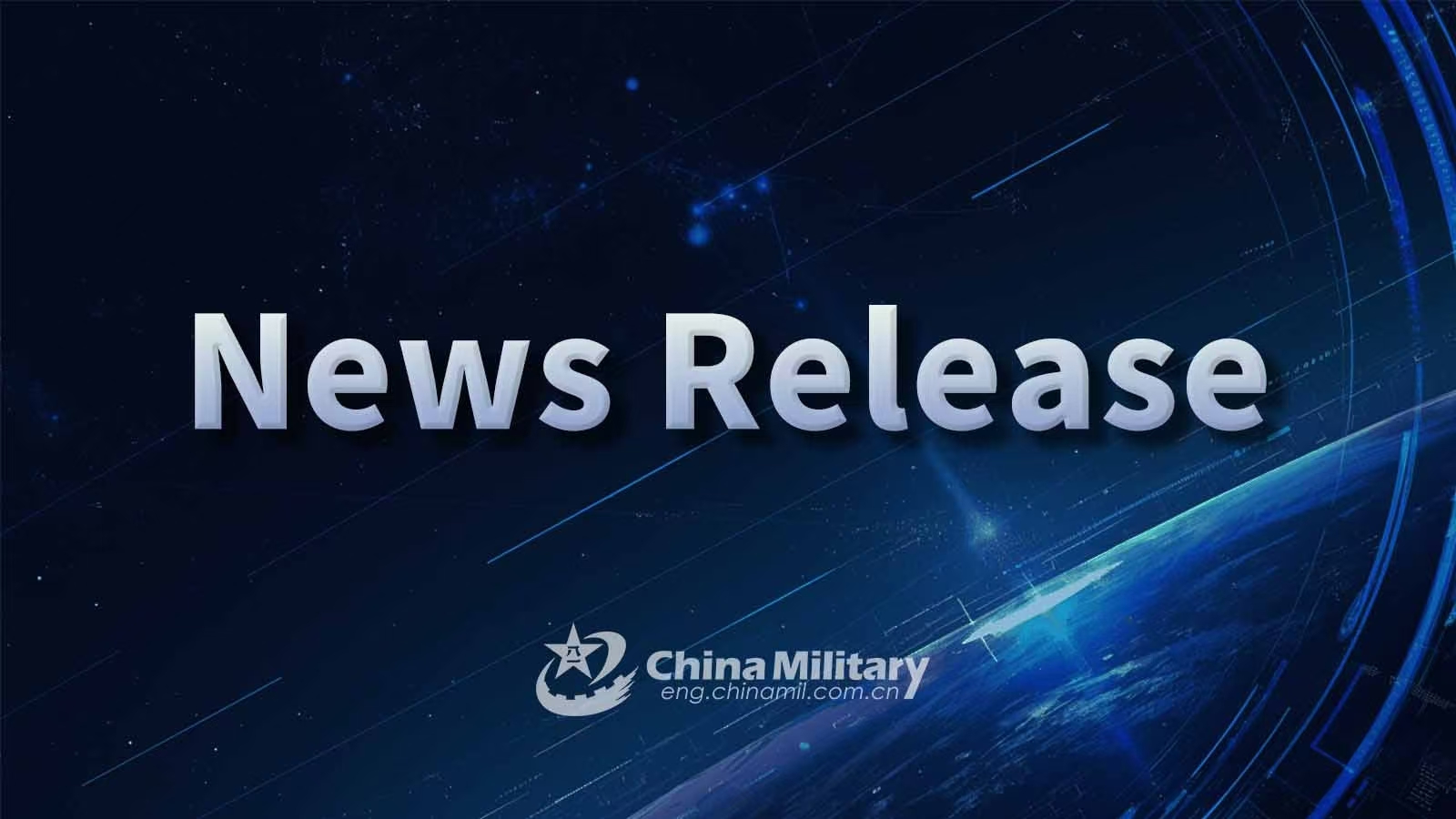By Zheng Dazhuang
The US Air Force officially created the 16th Air Force, according to recent US media reports. The Air Force deactivated 24th Air Force, which is responsible for cyberspace, and 25th Air Force, which is responsible for global intelligence, surveillance and reconnaissance, combining their functions into the new numbered Air Force. Analysts believe that this move is another important sign of the transformation of US military cyber forces towards integration.
For the US military, cyberspace has become a key area for winning future wars. Future wars will first start in cyberspace and “winning with cyberspace” is becoming a new law of war. In order to seek hegemony in the "fifth space", the US issued a National Defense Strategy as early as in March 2005, clearly defining cyberspace as one of the five major spaces as important as land, sea, air, and space.
The US military has accelerated the transformation of its cyber forces to the direction of comprehensive integration, and strives to combine the capabilities of cyber warfare, information warfare, electronic warfare, intelligence warfare, space warfare and other capabilities, in order to meet the digitalization, networking and intelligent development requirements of modern warfare. It is reported that the US military cyber forces will also integrate composite elements such as artificial intelligence and unmanned combat to create a more powerful "cyber army."
At the strategic guidance level, the US military upgraded its Cyber Command to the 10th Combat Command in August 2017. Its status is the same as the main combat commands including the Central Command. In 2018, the US Department of Defense issued the Trump administration’s first cyber security strategy report, the National Cyber Strategy, proposing to build comprehensive cyber capabilities to ensure its absolute advantage in cyberspace competition. In July this year, the US Department of Defense issued a summary of the 2018 edition of the National Military Strategy, proposing to implement an “integrated military strategy.” In addition to the traditional land, sea, and air, the joint forces and commanders must also attach great importance to “the diversities of cyberspace.” This provides a blueprint for the transformation of its cyber forces.
The various services of the US military are also promoting the integrated transformation of cyber forces in an orderly manner. In July 2018, the US Army developed the Signals Intelligence (SIGINT)Strategy, which explained the positive significance of integrating signal intelligence, cyber and electronic warfare on battlefield situational awareness and joint combat capability enhancement. In February 2019, the US Navy released a new vision entitled Navy Cryptologic & Cyber Warfare Community Vision, recommending the integration of information warfare forces to enhance the overall operational strength of the Navy.
At present, the achievements of integrated transformation of cyber forces have begun to emerge. In January 2019, the US Army officially established the Intelligence, Information, Cyber, Electronic Warfare and Space unit. The unit has the capability to perform diverse tasks, and can innovate the concept of operations and adjust the deployment of forces to eliminate the negative effects caused by the dispersed forces in joint operations, thus improving the overall operational strength and preparing for “multi-domain warfare” and “mixed warfare”.
In addition to the cyber operation elements, the newly established US 16th Air Force consists of an electronic warfare unit, a psychological warfare unit, multi-type reconnaissance aircraft, a distributed universal ground system, and has a meteorological team and an air force technology application center. They have strong cyber-attack and defense capabilities and can provide high-quality intelligence information for the US military. Gen. David Goldfein, Chief of Staff of the US Air Force, proudly stated that the 16th Air Force, as a leader in the field of cyber and intelligence information, will create unparalleled new capabilities for commanders at all levels of the Air Force and the Joint Task Force.
Accelerating the integrated transformation of cyber forces has exposed the ambition of the US military to maintain global hegemony by competing for “cyber dominance”. It has also brought enormous threats to other countries and the global network security. In the future, the international community should take seriously on issues including how to effectively maintain cyber security and how to avoid the “arms race” in cyberspace.
(The author is from the PLA Academy of Military Sciences)













